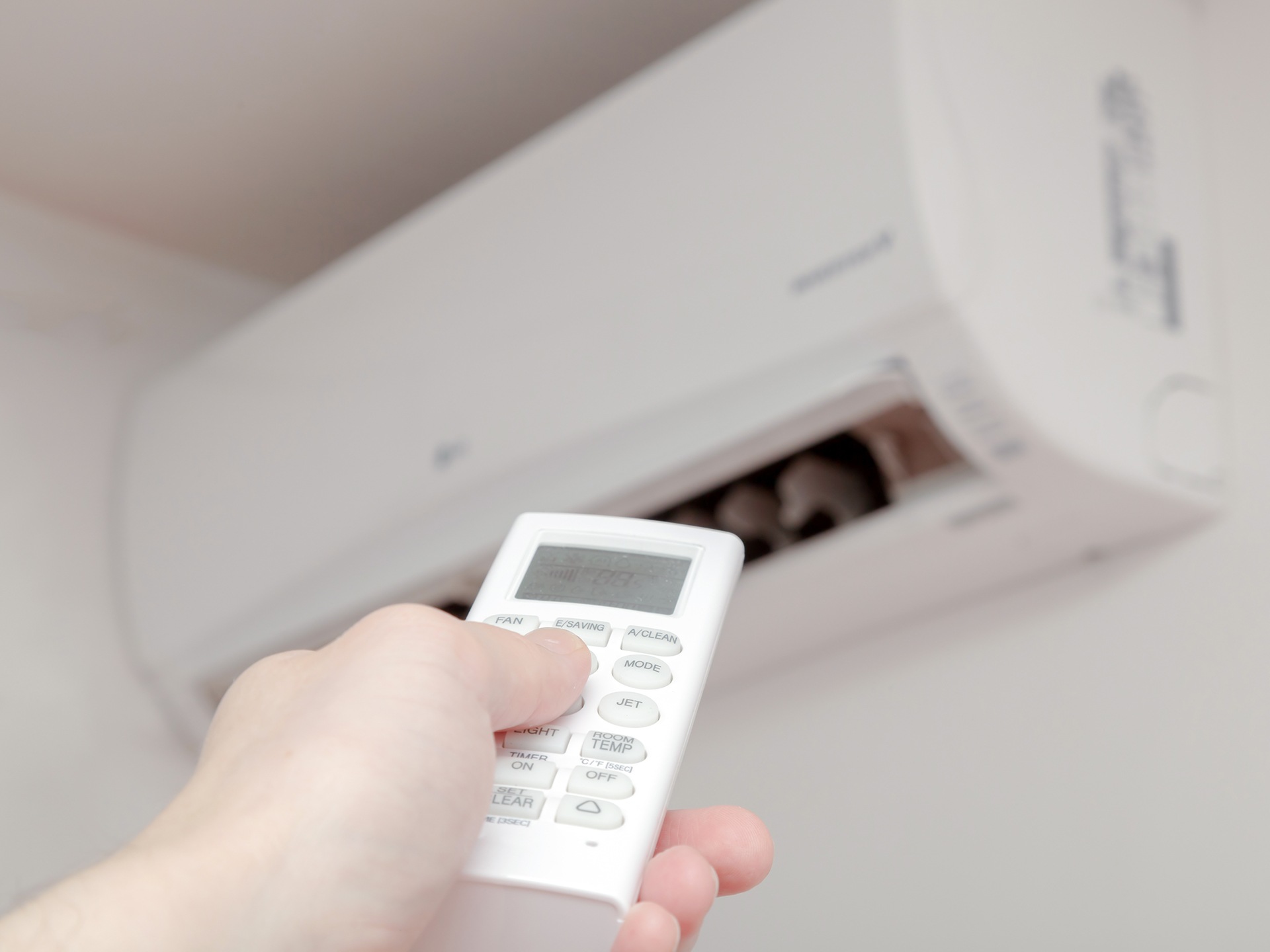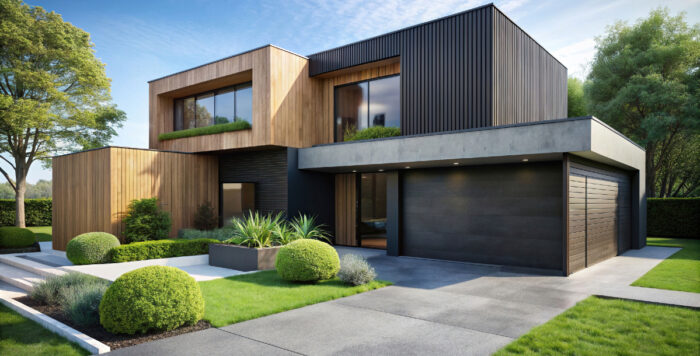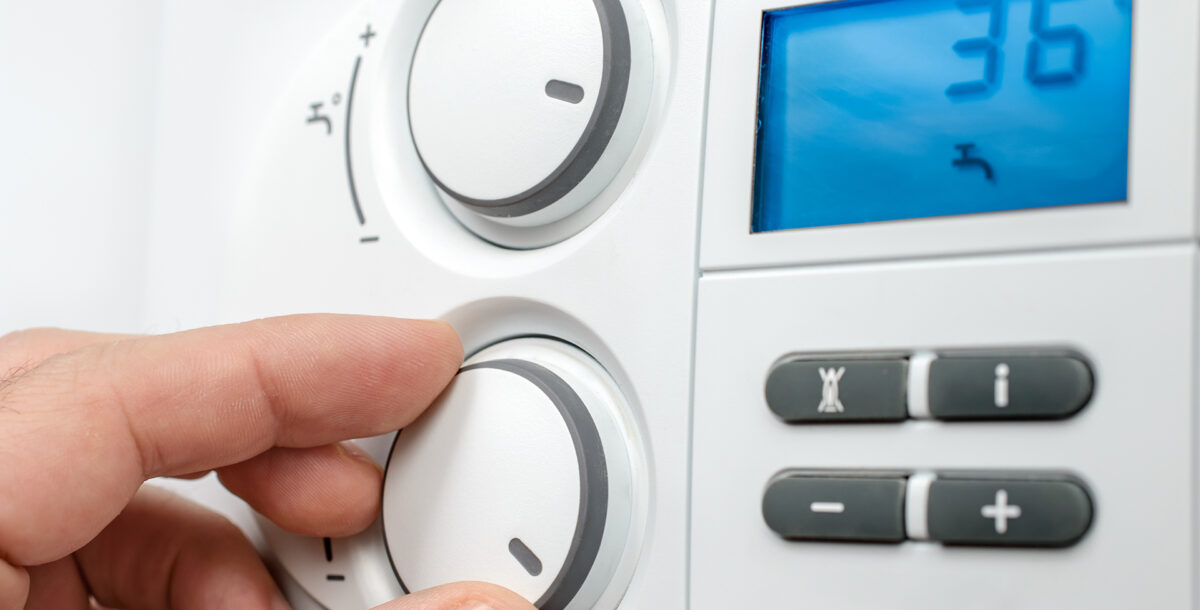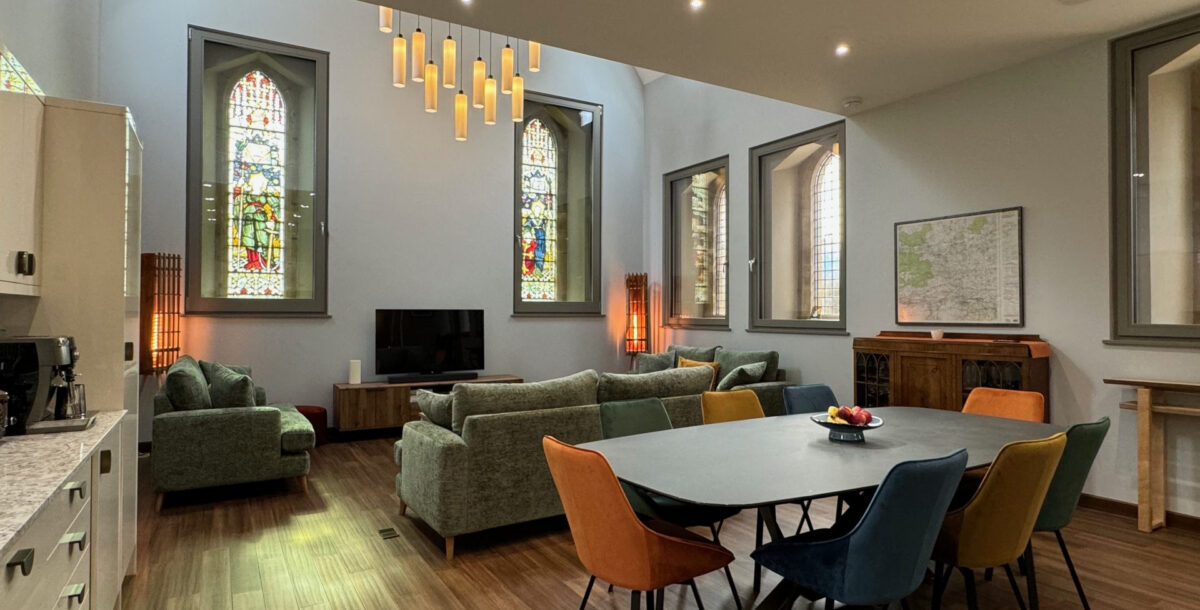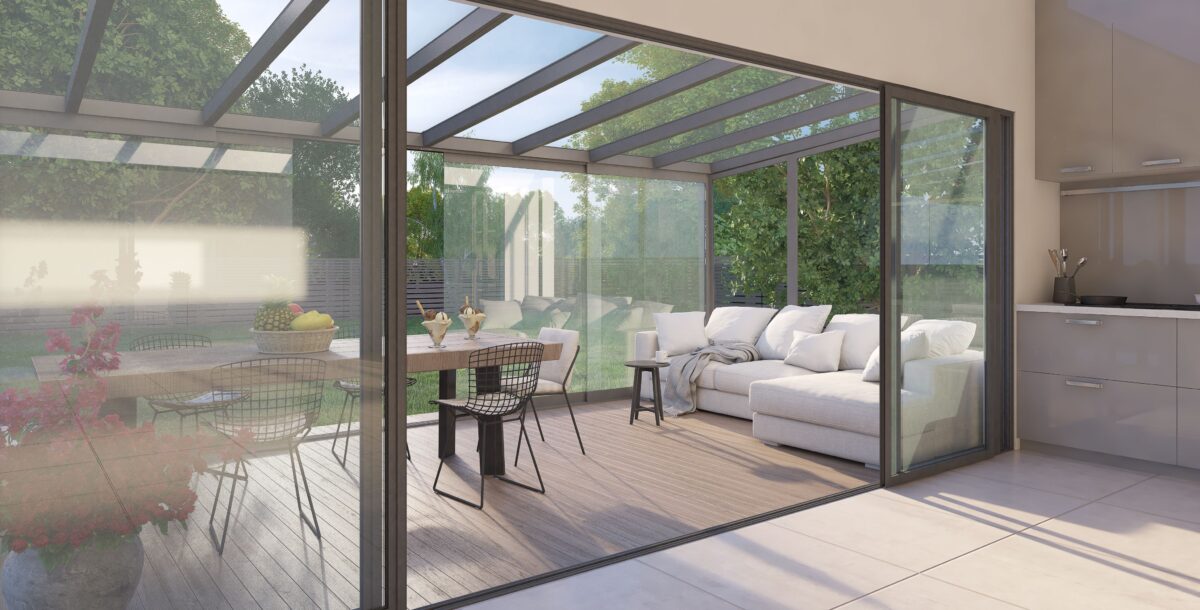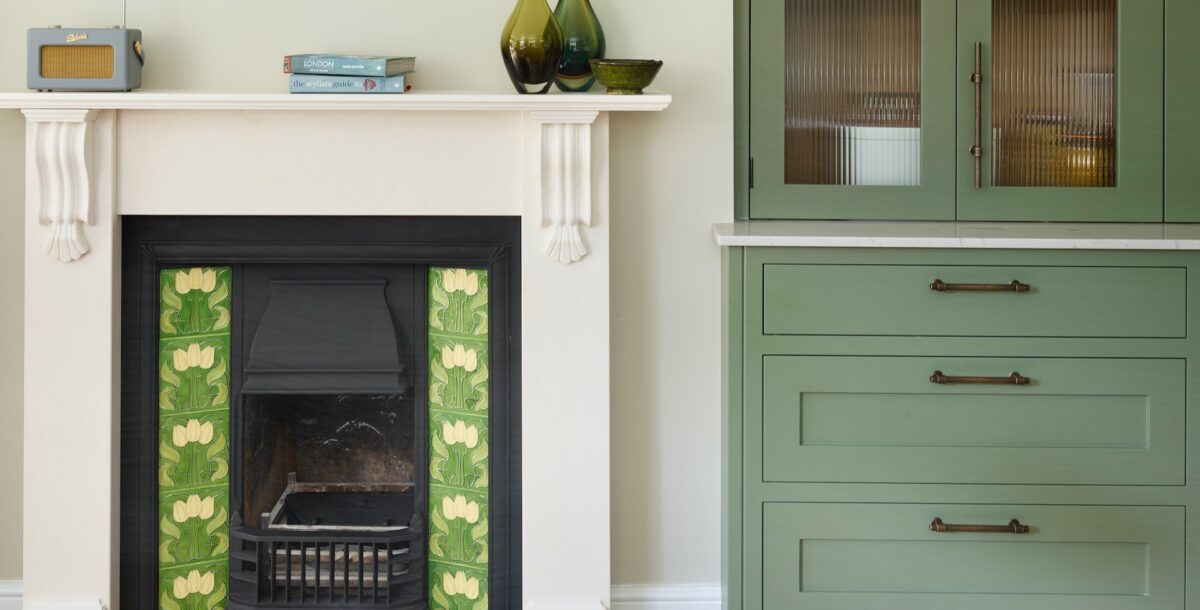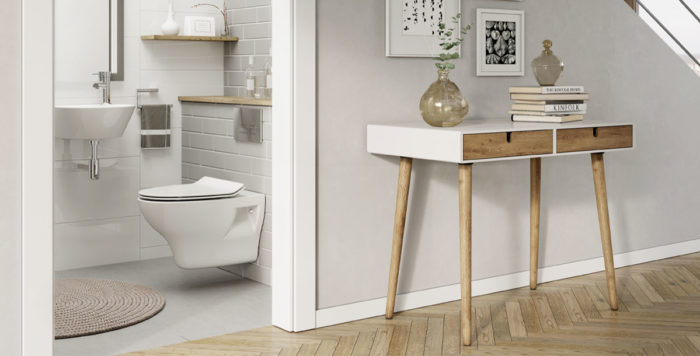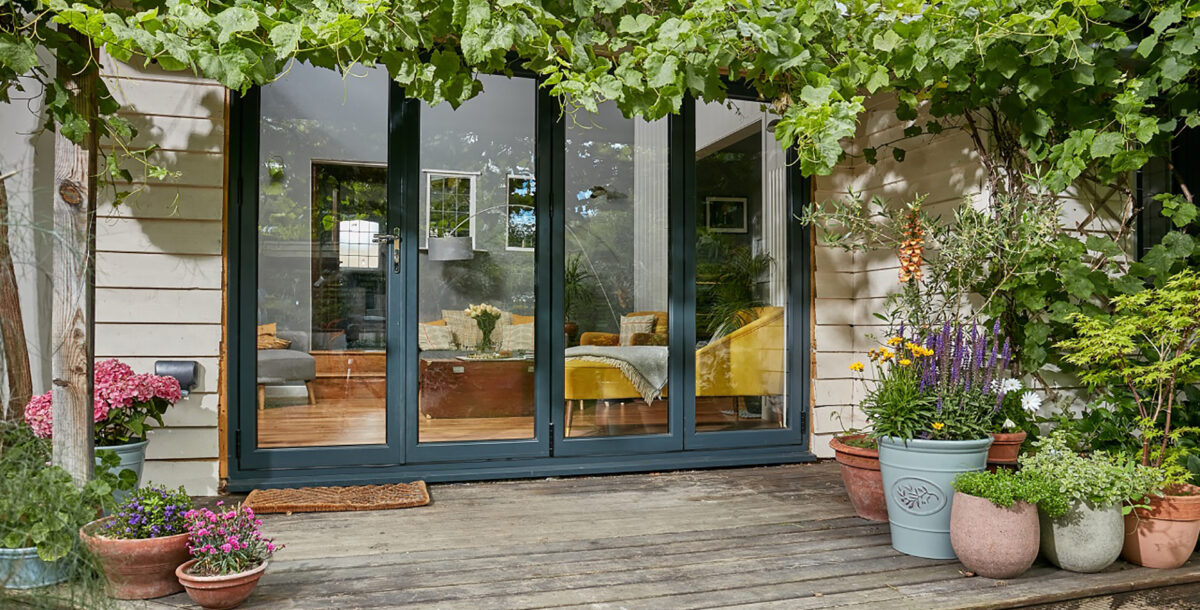What is an air-to-air heat pump?
Could an air-to-air heat pump – which offers cooling in summer alongside winter heating – be the model that convinces you to adopt the new technology?
Heat pumps are beginning to gain acceptance in the UK, as consumers learn more about them, installers increase their know-how of how to get them working well in British homes, and technological innovation improves the products available. But one type has, as yet, not taken off for domestic use in this country: the air-to-air heat pump. We’ve got everything you need to know about this type of heat pump – and explain why it is another heating (and cooling) option that’s worth considering.
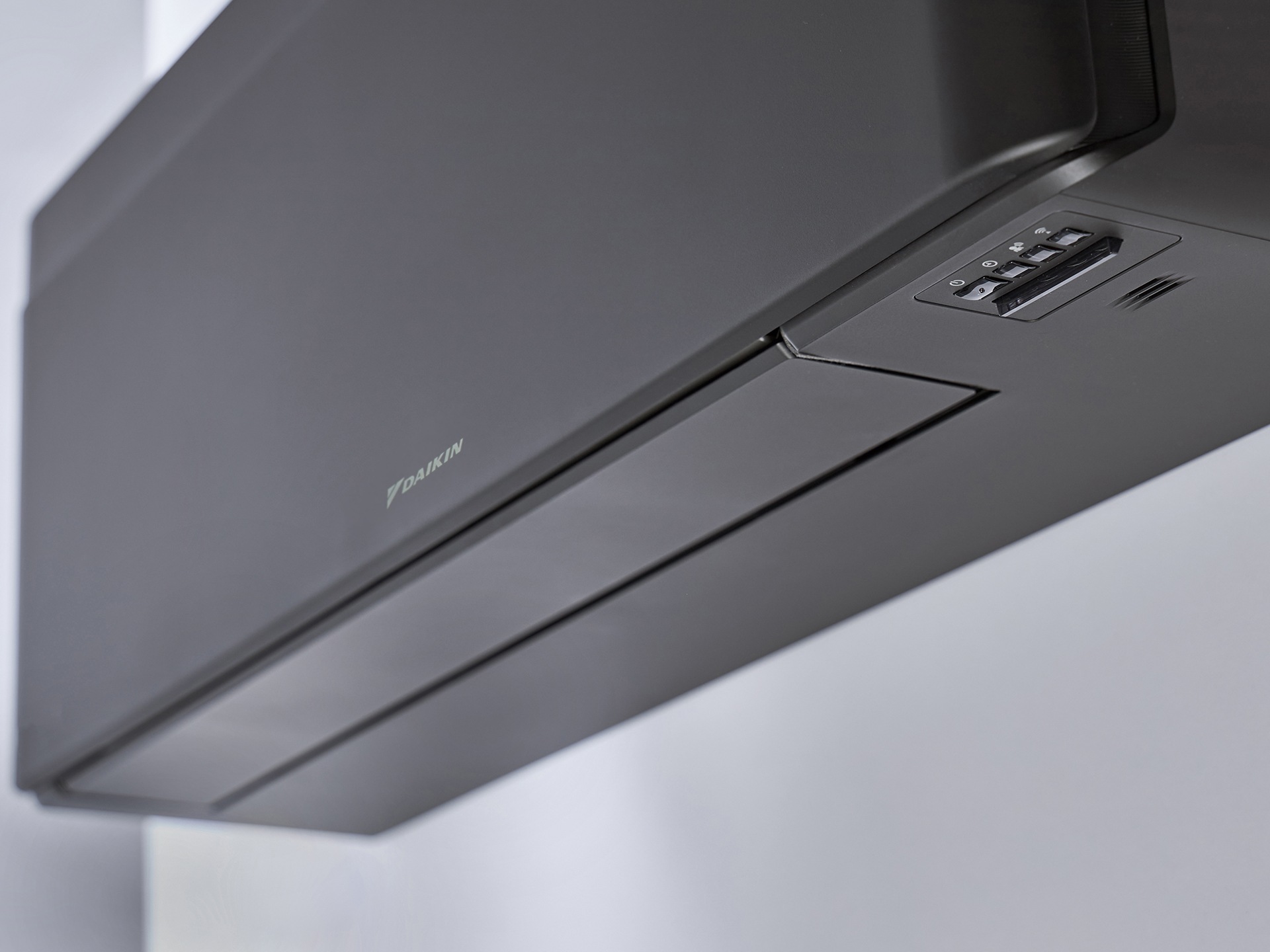
Image credit: Daikin
What is an air-to-air heat pump?
Becky Lane, from energy-efficiency home-improvement specialists Furbnow, explains, “Air-to-air heat pumps are designed primarily for space heating and cooling. They are like air conditioners that can heat spaces up too. These systems extract heat from the outdoor air and distribute it throughout your home via an air handler or ductwork. The heat is then transferred to the air that is circulating indoors, providing warmth during winter and cooling during summer.”
An air-to-air heat pump works somewhat differently to the more common air-to-water heat pumps that people are usually referring to when they talk about air-source heat pumps. But it harvests heat from the air outside in the same way: in the outdoor unit a fan draws air over a coil filled with refrigerant. The warmth in the air (even on a cold day) warms the refrigerant inside the coiled pipe. Next the refrigerant is piped through a compressor, which raises its temperature further. The warmed refrigerant is then pumped into the indoor unit inside the house.
In the more common air-to-water ‘wet’ heating system, the warmed refrigerant then goes through a heat exchanger in the indoor unit, where it heats water, which is used to heat the house via radiators or underfloor heating.
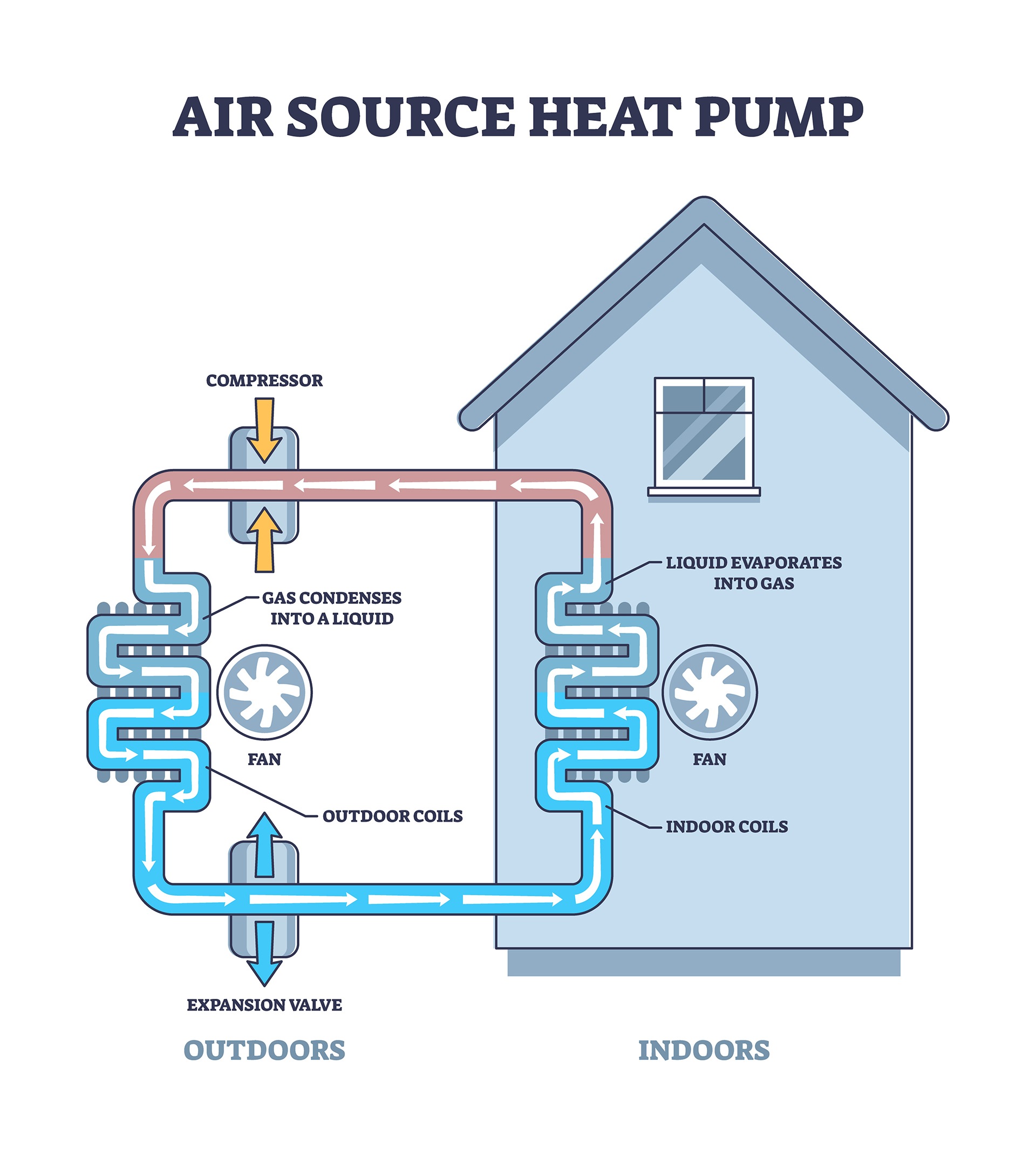
Image credit: Adobe Stock
In an air-to-air system, however, the warmed refrigerant runs into coils in the indoor unit(s). Air is pushed over the coil by a fan, the air is warmed, and this warmed air slowly heats the room that the unit is in.
What about cooling?
In the summer, an air-to-air heat pump can work in reverse to cool your home in an energy efficient way. To do this, the system uses the refrigerant to harvest heat from the air inside the house instead of outside, and the warmed refrigerant is then pumped into the outdoor unit where its heat dissipates into the air outside.
Hamid Salimi from Daikin UK points out, “Some air-to-water heat-pump systems can also heat and cool. However, they require more expensive heat-pump convectors, instead of radiators.”
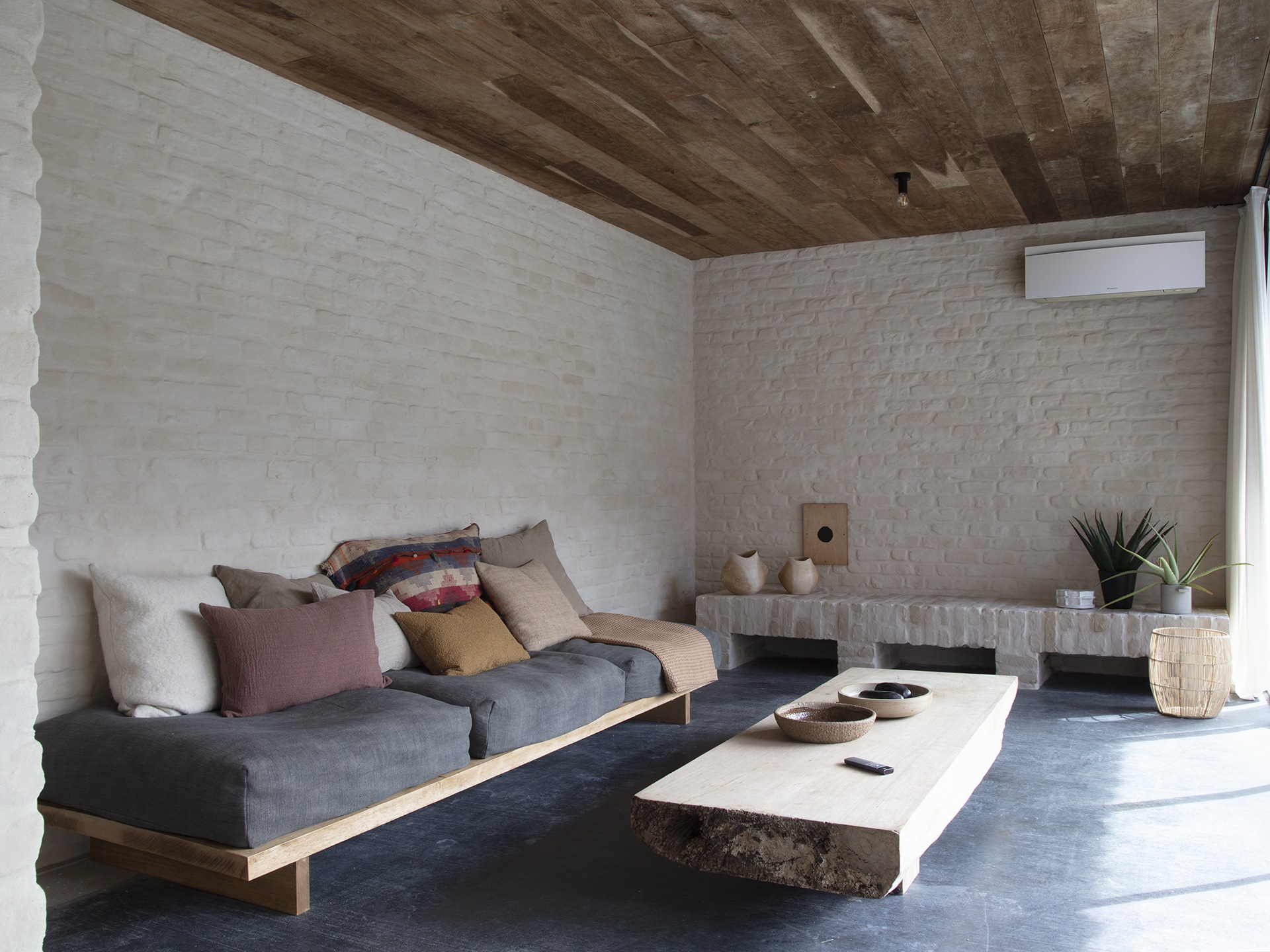
Image credit: Daikin
What heat emitters are used with air-to-air pumps?
Air-conditioning “blower” units or “cassettes” are used to spread the warmed (or cooled) air through your house. Some of these are suitable for floor mounting, but most are smaller units designed to be positioned higher up on the wall. This does saves space but not everyone will like the aesthetics of the wall-mounted units. If you go for an air-to-air system, you won’t need your old radiators any longer, so you’d need to pay to have them removed.
Although the installer will always try to put the indoor unit as close as possible to the outdoor unit to minimise pipework, the two don’t actually need to be close. This means air-to-air units can work well in flats or anywhere else where there needs to be a considerable distance between the system’s indoor and outdoor units. There is usually a maximum number of indoor units that can work off each outdoor unit, perhaps three or five.
Becky Lane says, “Air-to-air heat pumps are relatively easy to install, requiring fewer modifications to your home compared to air-to-water systems. Another benefit is that air-to-air heat pumps can create different temperature zones in your home, allowing for personalised comfort and energy savings. Paired with systems such as programmable thermostats, you can create the perfect balance within your house – and save on your energy bills.”
Some people find the blower units too noisy, though they are getting quieter. Others don’t like the feeling of the air moving around them. (You may well have experience of air-to-air from your office or work place, as many commercial spaces use these systems.)
Type of heating
Air-to-air conditioners heat space using convection. Some people find this to be a less comfortable type of heat than the radiant heat that is generated by other heating systems, such as low-temperature radiators or underfloor heating. The heating provided by air-to-air systems can be somewhat variable in temperature, and, some find they need to set their thermostat a couple of degrees higher than they would with other forms of heating,
What about hot water?
The upside of air-to-air systems is that they can cool your home in summer. The downside of most of them is that they can’t heat your hot water. You will need to use a separate system to heat your hot water. You could retain your gas boiler, use an (expensive) electric immersion heater, electric showers and point-of-use instant water heaters, or a solar hot-water heating system. You will need to factor in the upfront and ongoing costs of these when costing an air-to-air system. And, as electricity is relatively expensive now, it’s a significant consideration.
It is the need for a separate hot-water system that has tended to put homeowners off air-to-air heat pumps, though they are more popular in commercial buildings. New products on the market are tackling this issue. For example, Daikin’s Multiplus air-to-air system can also deliver hot water.
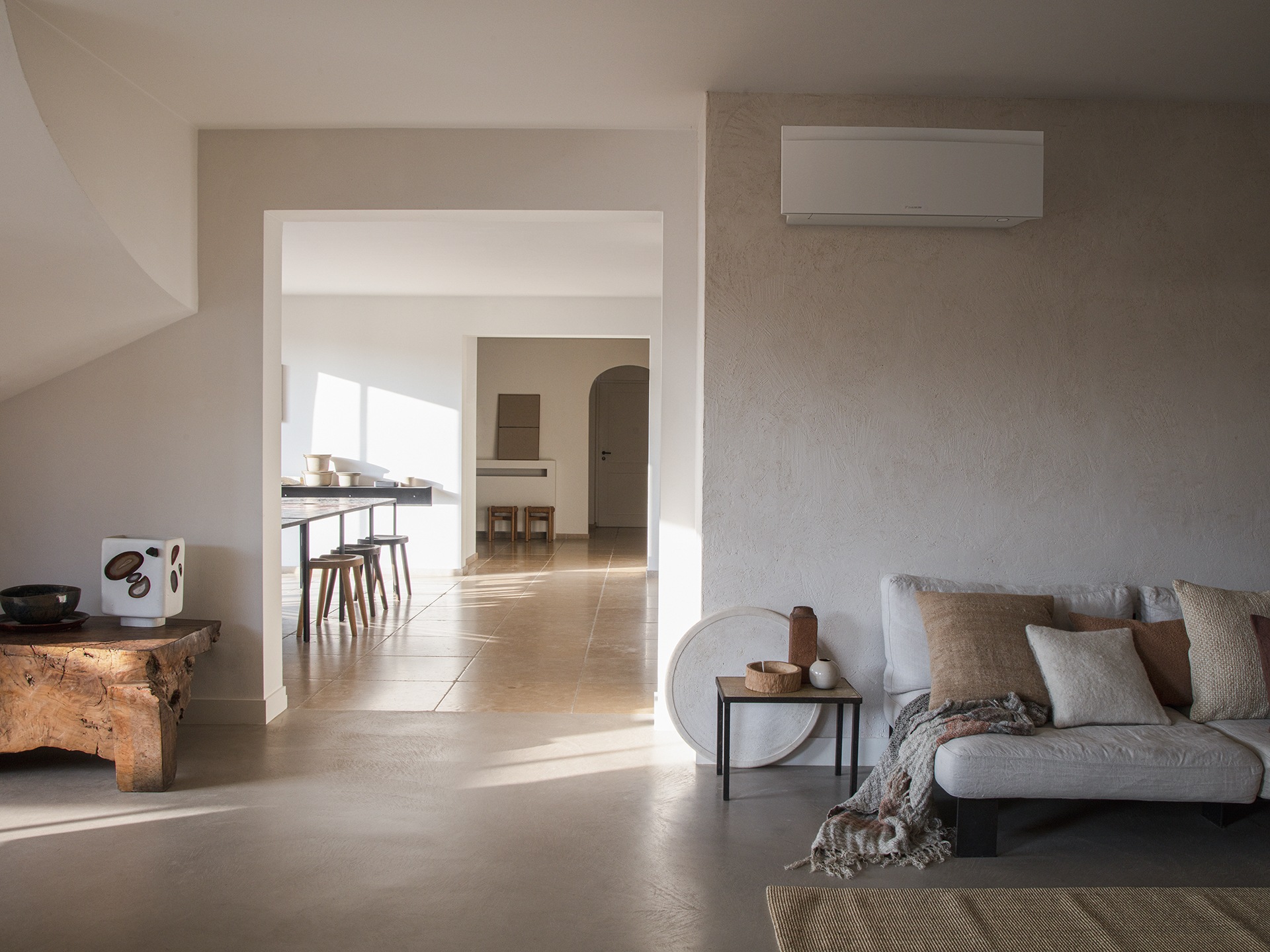
Image credit: Daikin
How much does it cost?
One of the main attractions of an air-to-air system is that is is a lot cheaper than an air-to-water system. Hamid Salimi, from Daikin UK, one of the UK market leaders for air-to-air, says, “An air-to-air heat pump system varies depending on the number of rooms that are heated and cooled. The total cost of a system – material plus installation – would sit around £5,000 to £6,000.”
Remember though, you also need to think about how you are going to heat your hot water.
Are grants available?
Current government grant schemes offering money towards other types of heat pump, such as the Boiler Upgrade Scheme, don’t cover air-to-air heat pumps.
What about running costs?
As Becky Lane points out, air-to-air heat pumps are very efficient. She says, “Air-to-air heat pumps are highly efficient, with a coefficient of performance (COP) typically ranging from 3 to 4. This means that for every unit of electricity consumed, the heat pump can produce three to four units of heat. This high efficiency results in lower energy bills and reduced carbon emissions compared to traditional heating systems.”
The bills for heating your home will be lower because you will be only using a fraction of the energy you formerly used to heat your house using gas or electricity. Plus, if you are moving over from a gas boiler, you will be using less fossil fuel. Exact costs will depend on the size of your heat pump, your property, and how well insulated it is.
Of course, if you use the system in summer for cooling that’s a new additional cost. Then you may well end up heating your water using a relatively inefficient and expensive means such as an immersion heater. Ask any potential installer to give you an indicative estimate of running costs when they give you a quote to install an air-to-air heat pump.
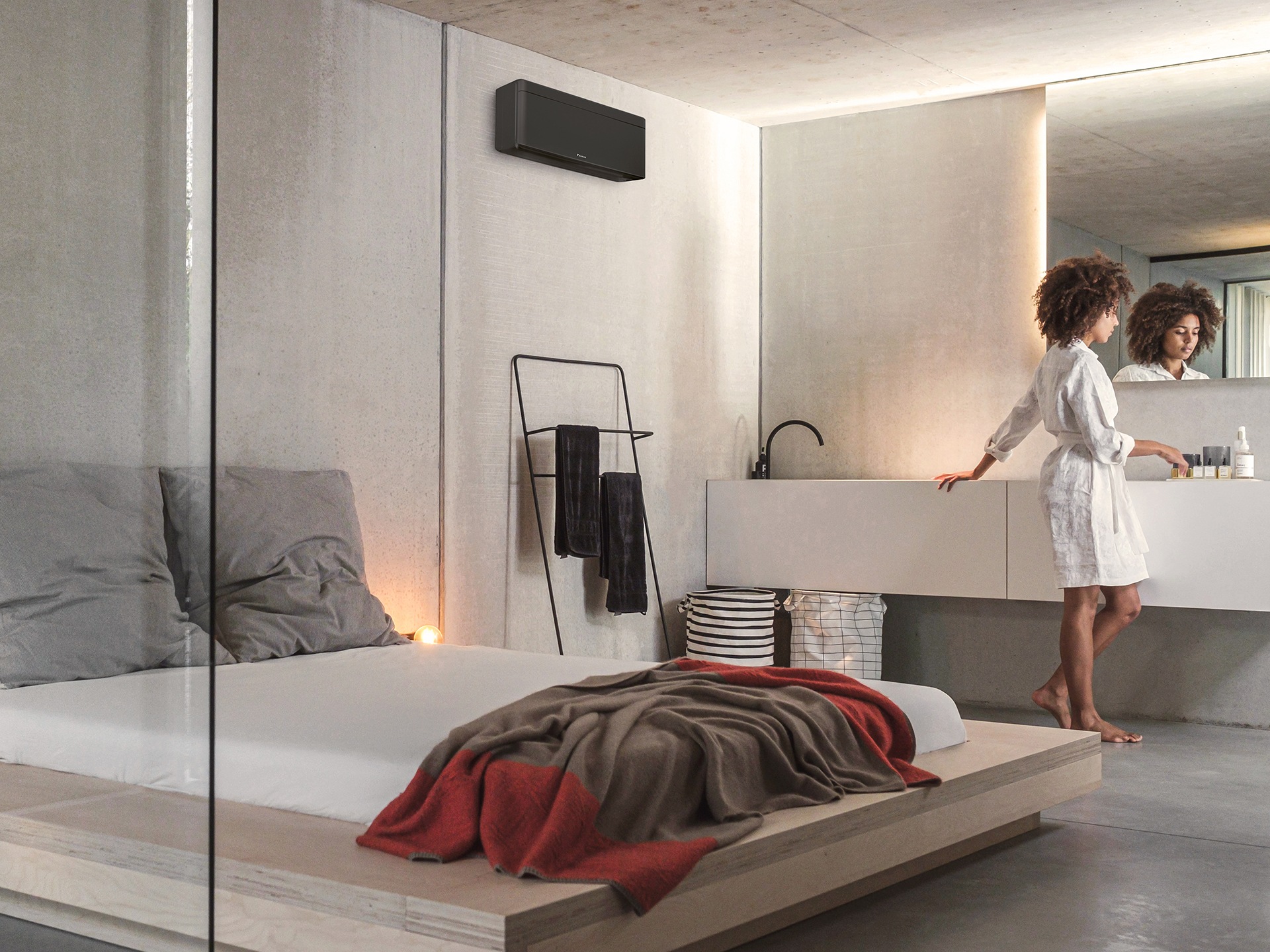
Image credit: Daikin
What about insulation?
It makes sense to insulate your home well no matter how you heat it, to avoid spending money (and carbon) heating air that escapes through draughty windows or poorly insulated walls. But we also know that this isn’t necessarily easy when it comes to period properties. Nonetheless, Tom Coles, of period-home insulation specialists Mitchell & Dickinson, says, “The cold and draughts from single-glazed windows in a period property will be felt when you’re living in a house with even the most diligently sized heat pump. You don’t want to be paying for a bigger heat pump than you need or for the additional electricity required to keep it running. So, it’s worth considering investing in draught proofing and secondary glazing, as well as some loft and underfloor insulation, in a period home, before or after you install a heat pump.”
What are the latest developments?
Heat-pump technology is improving all the time. The latest machines can cope with colder climate and are quieter than the first heat pumps on the market. Look out for models with a low GWP (global warming potential) refrigerant, that are compatible with smart technology and controllable via app. And, perhaps most importantly, as mentioned above, look out for the latest air-to-air systems, which also incorporate hot-water heating.
Compared to other types of heat pump
There are good reasons why most heat-pump installations in the UK are air-to-water or ground-to-water wet systems. These options are generally preferred because most UK homes already have wet (ie water-based) heating systems installed. We are used to radiators and, nowadays, also to underfloor heating, and enjoy the radiant heat these give off. It is also useful to be able to use one efficient system for both heating and hot water. Plus, as we have noted, these systems are eligible for Boiler Upgrade Scheme grants.
However, if cooling your home is particularly important to you – especially as temperatures are tending to rise – or, if you are installing a system in a new build and have another plan – such as solar thermal – for your hot water, air-to-air could just work for you.

